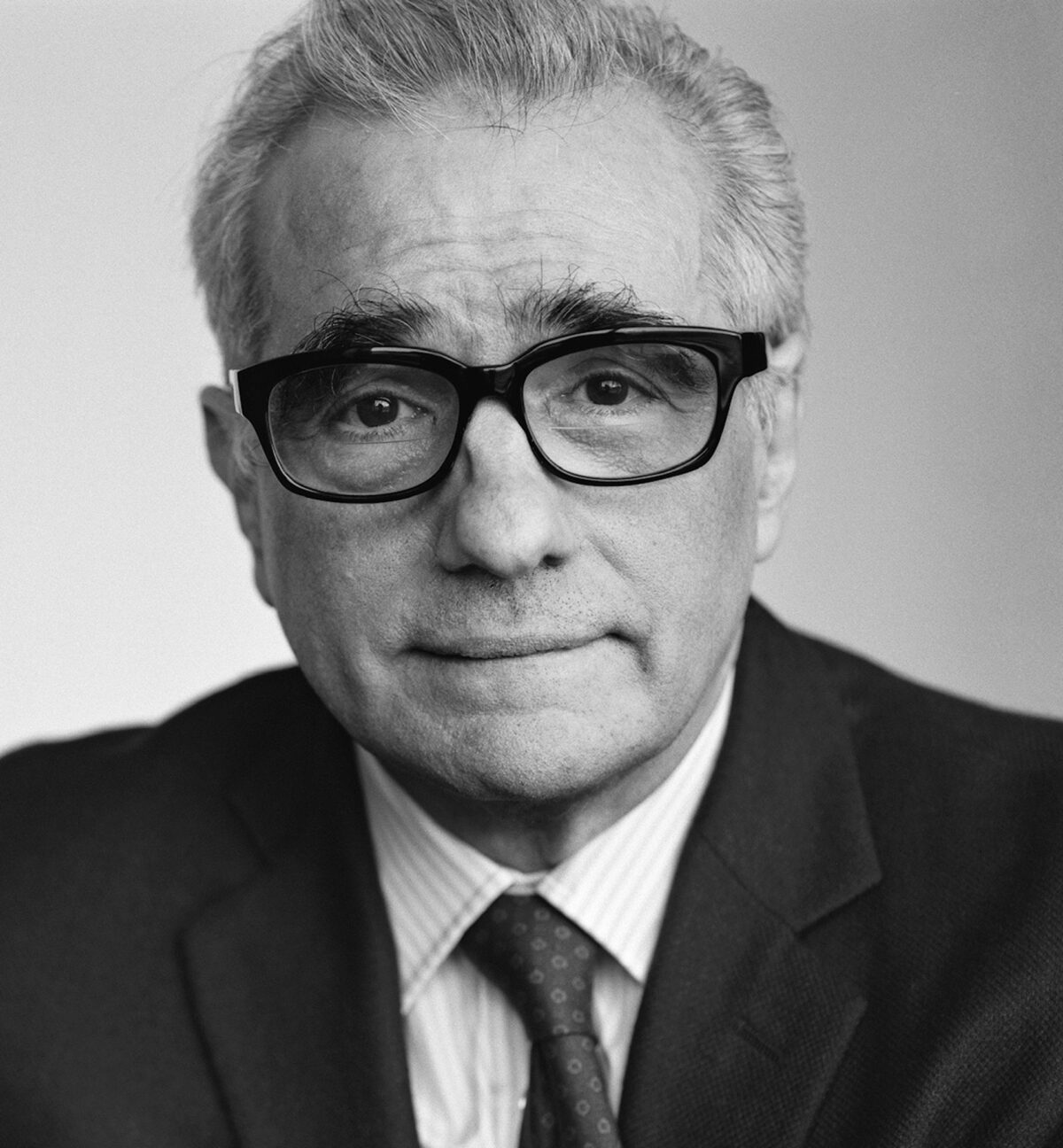Nevertheless, his Roman Catholic education and positive experience in the church led him to seriously discern a priesthood vocation.
Nevertheless, his Roman Catholic education and positive experience in the church led him to seriously discern a priesthood vocation. Surrounded by priests that he wanted to emulate, he enrolled in Cathedral Prep, a preparatory seminary at 15. Immediately failing out, Scorsese relates: “I realized that vocation is not because you want to be like some other person. That person could be inspiring to you but it has to be a true vocation. There were other things in my mind. I was obsessed with cinema” (“A Conversation on Faith and Film” with Fuller Studio). Deciding to pursue filmmaking full time, he enrolled in Washington Square College (now NYU) where he earned his B.A, later receiving an MA from Tisch School of the Arts where he was visually influenced by Italian neorealism and French New Wave filmmaking. Italian Neorealism (portrayed in films such as Paisan (1946) and Bicycle Thieves (1948), both by Roberto Rossellini), is a cinematic style conceived at the end of World War II, characterized by its stories depicting poverty and the working class. The French New Wave film movement, innovated by Jean-Luc Godard and François Truffaut, focused on cinematic iconoclasm – experimental editing, non-linear narratives, and existential themes. Scorsese aspired to contribute to these European film movements using a distinctly American lens.
Over the several decades, Martin Scorsese established himself as a seminal American director in global cinema, through iconic films such Mean Streets (1973), Taxi Driver (1976), Raging Bull (1980), and Goodfellas (1990). Exploring the stories of immigrants, the NY working class, and the mob violence he grew up surrounded by within the context of religious piety and existential dread – Scorsese’s narratives of crime are always juxtaposed with the sacred. Religious faith, in Scorsese’s filmic universe, is suffused within the culture of his characters. Not all of his films explicitly depict characters participating in religious rituals, but its tenants are woven into the fiber of his filmic worlds. Christopher B. Barnett and Clark J. Elliston in Scorsese and Religion underscore that all of Scorsese’s “storytelling obsessions include themes such as faithfulness, purity, redemption, and suffering.” Several of his films, however, explicitly engage the life of faith – particularly The Last Temptation of Christ (1988) and Silence (2016). (It is of significance to note that while Scorsese did not write the screenplay for Kundun {1997} – the coming-of-age narrative of the 14th Dalai Lama – he was asked by screenwriter Melissa Mathison to direct it).
In 1988, Scorsese drew significant attention for The Last Temptation of Christ, particularly in the way that he reimagines both the divinity and humanity of Jesus outside the canonical narrative accounts from the Christian Gospels. Despite the controversy surrounding the film, he pays homage to the unexplored intention of Kazantzakis’s novel, which continues to spark discourse by wrestling with complex questions of faith. New York Times Film Critic Alissa Wilkinson thoughtfully reflects on Scorsese’s theological contribution to film: “Scorsese’s ending is purposely ambiguous and haunting, fitting for a movie about a man haunted by his divine nature. The Jesus of ‘Last Temptation’ is in some ways the ahistorical Jesus of most cinematic adaptations — light-haired, blue-eyed — but he’s not an otherworldly wise being who seems certain and confident of his calling. Instead, he is most definitely a man, one with hungers and headaches and lusts and, above all, fears. He’s still the son of God; he can perform miracles. But he seems scared of the miracles, too. The dual natures within him are tearing him apart. He aches to die and be put out of his misery, or to simply be able to give in to one side of his nature. Jesus’s ‘last temptation’ isn’t to have sex, as some of the film’s detractors claimed; it’s to give in to his desire to lead the life of a man, sapped of the sacred. To lead, in the less explosive sense of the word, a profane life.” Not intended to be considered an authentic historical documentary, Scorsese defended his intentions in a public statement, underscoring that he made the film wanting to know Jesus better: “It is more than just another film project for me, it was made with conviction and love and so I believe it is an affirmation of faith, not denial. Further, I feel strongly that people everywhere will be able to identify with the human side of Jesus as well as his divine side.”
Scorcese continues exploring the complexities within Christianity in his film adaptation of Shūsaku Endō’s Silence (1966). Set during the 17th century, the novel follows the lives of two Portuguese Jesuits priests in Japan. Cinematographically nodding to both Japanese director Akira Kirosawa and Swedish director Ingmar Bergman, both through his formalistic structure and chamber-narrative driven plot line, Silence probes the psychological depths of the human soul, questioning the authentic experience of faith in the context of-and-apart-from ritualistic practices. In an interview for “America: The Jesuit Review,” Fr. James Martin, S.J., asks Scorsese to describe “the heart of the novel” which his film exudes: “Well I think it’s the depth of faith,” remarks Scorsese,” It’s the struggle for the very essence of faith. Stripping away everything else around it. The vehicle that one takes toward faith can be very helpful. So, the church—the institution of the church, the sacraments—this all can be very helpful. But ultimately it has to be yourself, you have to find it. You have to find that faith or you have to find a relationship with Jesus with yourself really, because ultimately that’s the one you face.”
Making this film, for Scorsese, was a form of personal pilgrimage – one he describes as being unfinished. In early 2023, he attended Pope Francis’s gathering for artists (“The Global Aesthetics of the Catholic Imagination”) and in a private audience with Pope Francis shared that he is currently responding to the papal appeal by making another film about Jesus. As a filmmaker, Scorsese combines his early intuition of a moral universe from his Catholic upbringing, diagnosing humanity’s greed and gluttony like an exorcism, while also demonstrating the possibility and power of redemption. In this way, his dual callings as priest and creative form together an utterly unique perspective on storytelling.
Upper left photo of Martin-Scorsese by Brigette Lacombe.


